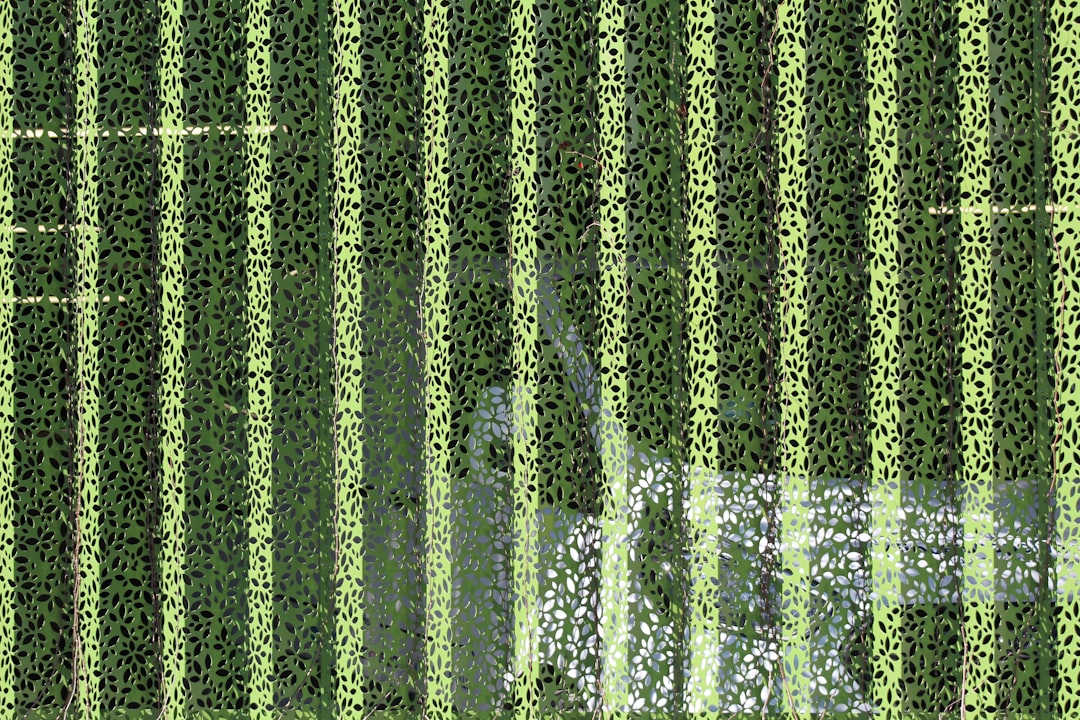What is it about?
Refractive index sensing has received enormous attention due to its potential applications in monitoring concentration of biological analytes or gas, temperature, and humidity. Assisted by surface plasmon polaritons or localized surface plasmon resonances, researchers greatly improved the sensitivity of the refractive index sensing. However, the figure-of-merit is limited due to the inevitable optical absorption of metals. In this work, we have realized quasi-bound state in the continuum in an all-dielectric compound grating waveguide structure. Assisted by the quasi-bound state in the continuum, the figure-of-merit of refractive index sensing is greatly improved.
Featured Image

Photo by Clyde He on Unsplash
Why is it important?
Over the past several decades, surface plasmon polaritons or localized surface plasmon resonances have been widely utilized to achieve sensitive refractive index sensing. However, the figure-of-merit is limited to hundreds of RIU^(-1) due to the inevitable optical absorption of metals. In our work, we have utilized a quasi-bound state in the continuum in an all-dielectric compound grating waveguide structure to achieve sensitive refractive index sensing. Owing the ultrahigh quality factor of the quasi-bound state in the continuum, the figure-of-merit can be greatly improved to thousands of RIU^(-1).
Perspectives
Bound states in the continuum are resonant states embedded in the continuous spectra. Assisted by the quasi-bound states in the continuum in an dielectric compound grating waveguide structure, the figure-of-merit of refractive index sensing reaches thousands of RIU^(-1). Our results revealed that quasi-bound states in the continuum would become a powerful competitive mechanism to achieve high-performance refractive index sensing.
Feng Wu
Guangdong Polytechnic Normal University
Read the Original
This page is a summary of: Quasi-bound state in the continuum supported by a compound grating waveguide structure for high-figure-of-merit refractive-index sensing, Journal of Applied Physics, November 2022, American Institute of Physics,
DOI: 10.1063/5.0120626.
You can read the full text:
Contributors
The following have contributed to this page










